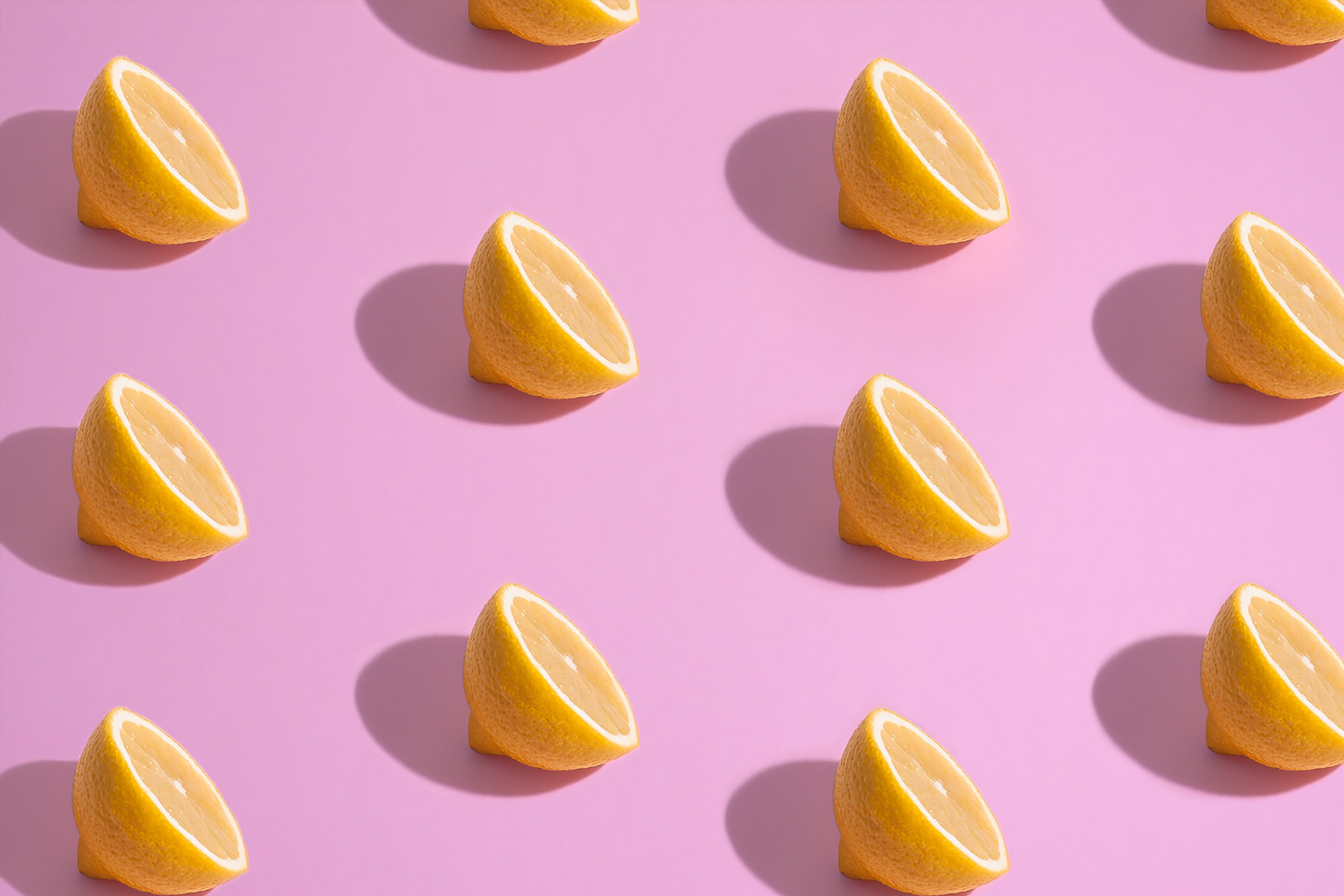For many middle-class families, choosing to eat well is a financial decision as well as a health decision.
When fast-food chains offer 99-cents meals and buying produce for a home-cooked meal can cost a lot more than one dollar, convenience and cost make fast food a colossal temptation.
So how can you get the most out of your produce?
Well, one way is to use all of the plant, instead of letting it rot or throwing a lot of it out. It may surprise you to discover that most seeds, skins and greens inside and surrounding a plant are actually edible.
Wasting food is wasting money. Thinking outside the box can help you find new ways to get the most out of your food so you can save money and live better.
Here we will show you how to stop throwing money down the drain and maximize the potential of your produce.
Peels
How often do you throw away the peel of your oranges after eating the fruit? Did you know that you can use the zest to sweeten curries, salads and muffins?
The same is true with lemons and limes. Lemon zest is great for adding a fruity acidity to meals and for heightening flavors.
Lime zest is especially good in Latin cuisine. You can even make candied fruit peels by taking a lemon, lime or orange peel and boiling it in water with organic cane or coconut sugar.
Skins
Most people know that you can eat apple or pear skins, but what else can you eat? Peach, pineapple and apricot skins are high in vitamin C and are safe for regular consumption.
Watermelon rind is also really good for you. It’s very tart, but contains high amounts of the amino acid citrulline, which can boost blood flow, reduce blood pressure and promote overall cardiovascular health.
Mango skins should also not be tossed out. They are high in antioxidants and phytochemicals.
Peanut skins are also high in antioxidants and can improve cardiovascular health. Vegetable skins that pack a punch of nutrition include sweet potato skins, yellow squash skins and zucchini skins.
Seeds
Pineapple seeds are relatively small and can be eaten. When making a smoothie, many people will spit out the blackberry seeds.
Resist the urge and you’ll reap the benefits from omega-3 fatty acids, protein, fiber, carotenoids and antioxidants.
Watermelon seeds are also high in nutrients, including zinc, fiber, vitamin B, beta carotene, lycopene, iron, protein, phosphorus, potassium and unsaturated fats.
Cantaloupe seeds have been enjoyed as a healthy snack in Iran and China for centuries.
They are high in calcium, potassium, magnesium, iron, copper, zinc, phosphorus, manganese, and vitamins A, B6, B12, D, E and K. Next time you roast pumpkin or spaghetti squash, save the seeds and toast them later.
Shells
Kids that are raised to eat healthily often enjoy picking peas from their pods, but did you know you can actually eat the pods?
Snap peas and snow peas are both podded legumes that can be eaten whole. Broad beans and their pods can also be eaten whole.
Almonds are another plant-based protein that can be eaten whole. When almonds are green and covered in fur, you can eat the whole thing, including the shell.
Another protein that you can eat whole is the hemp seed. You can buy them shelled for a softer, nutty texture, or enjoy them whole and reap the benefits of the added crunch and fiber.
Greens
When people think of leafy greens, they typically think of the conventional lettuces available in the supermarket.
Little do they know how many nutritionally-dense greens they are throwing away. The tops of carrots, sweet potatoes, celery and leeks are packed with vitamins and minerals.
You can easily save money by making a salad with these or adding them to a stew. Leek leaves help prevent oxidative damage to our cells.
Carrot tops are high in vitamins A, B6, C and K and are loaded with minerals as well. Sweet potato greens are harder to come by in a grocery store, but if you grow sweet potatoes, eat the greens too.
Squash leaves are also often neglected. Celery greens are perhaps the easiest to incorporate if you love celery. That’s because the greens actually taste like celery too!
Stalks
On the flip side, many people will only use the greens on the ends of some foods and throw away the stalk. Parsley and cilantro are delicious greens that are used in many Latin and Mediterranean dishes.
Unfortunately, the stalks are often thrown out when they also contain the same nutrients and flavors as the leaves. Broccoli and cauliflower are other examples.
People love the florets but are less enthusiastic about the stalks, which contain the same vitamins and minerals as the florets.
If you don’t like the texture, soften them up by boiling them, steaming them or adding them to a soup or stew.


